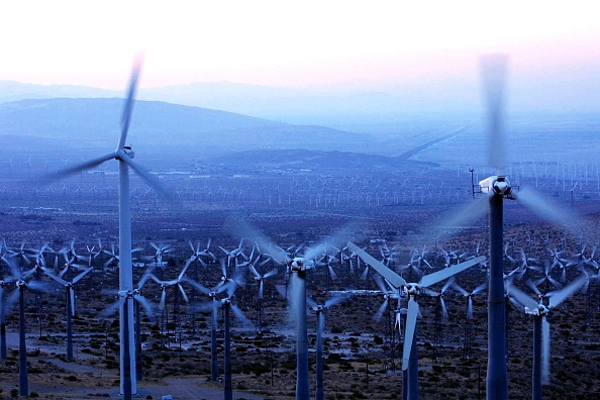
By Eduardo Porter
SINCE the Senate’s passage of the Democrats’ massive climate bill, backslapping and congratulations have been the order of the day among environmentalists from California to West Virginia.
In their giddiness over the scale of the Inflation Reduction Act, they may want to pause to acknowledge the dynamics that allowed this moment to arrive.
The US$370bil (RM1.6 trillion) package survived a political process that doomed many previous efforts because clean energy has finally become cheap enough to start moving the country away from fossil fuels.
The problem is that the chain of technological advances that will enable the climate bill to move the United States to a less carbon-intensive future are not enough to get the country all the way to its goal.
The goal is cutting emissions in half by 2030, compared to 2005, and eliminating them in full by the middle of the century.
Cheaper decarbonisation
And future gains will be tougher to come by.
The cost-cutting so far has little to do with American environmental activism. Credit should go, in large part, to China and Germany.
And to George Mitchell.
Germany’s decision in 2010 to replace most of its power infrastructure with renewable energy may not have been entirely enlightened, but it created a reliable market for solar and wind technologies.
China deployed its manufacturing prowess to drive down the cost of wind turbines and solar panels.
Today, some sun and wind farms produce electricity at lower cost than the cheapest gas and coal generators.
And Texas oilman George Mitchell famously spent US$6mil (RM27mil) and a decade to figure out how to frack shale rock to release deposits of gas and oil, leading power companies to switch to suddenly cheap gas and cutting coal consumption by 42% from 2007 to 2020.
Getting comfortable
These three players illuminated the finish line, driving down the cost of carbon-dioxide reduction to a point where the American political class could be comfortable with it.
“The cost difference between fossil and low-carbon energy has shrunk over the last 10 years in dramatic ways,” Michael Greenstone, who heads the Energy Policy Institute at Chicago, says
“For the first time, it has allowed modest policies to deliver real carbon reductions.”
A deconstruction of American carbon emissions helps explain how cheap it has become to reduce them.
The US economy is about 25% bigger than it was in 2005, and yet the country emits 20% less CO2 from energy use.
Energy point
That’s mostly because the economy consumes much less energy per dollar of gross domestic product than it did 17 years ago.
Over the past 10 years, however, US energy has also become much less carbon-intensive.
Mitchell is largely to thank for this. For each unit of energy produced, natural gas emits only 54% as much carbon as coal does.
This explains why each joule of energy deployed in the US economy emits roughly 15% less CO2 than it did a decade ago.
The Inflation Reduction Act relies on these new economics.
Some of the clean energy tax credits, for instance, generate benefits that are three to four times as large as the costs.
Cost-benefit balance
That kind of cost-benefit balance was not true 10 years ago. “Climate policy is much less expensive today,” Greenstone said. “We are picking the fruits of that.”
The bill that passed in the Senate could lead to a 40% reduction in carbon emissions by 2030, compared with 2005, the Rhodium Group estimates.
That’s not quite the 50% cut the United States promised in Paris in 2015, but it’s close.
To hit its target, the country must continue down a steeper path than it has followed for the past 20 years.
If the Congressional Budget Office’s projections of economic growth hold true, then by 2030 the United States must ensure that the production of each dollar of GDP releases only 189 grammes of CO2, roughly half of what it releases today.
Unfortunately the fracking revolution has already yielded most of its gains. So has the compact between China and Germany that delivered cheap wind and solar energy.
Further carbon reductions will likely require America’s political class to embrace more expensive solutions. — Bloomberg
______________________________________________________________
Eduardo Porter writes for Bloomberg. The views expressed here are the writer’s own.







